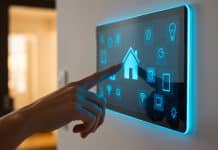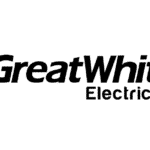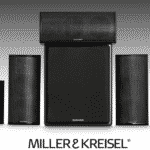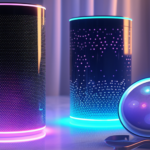
Kuldeep Sehrawat, President – Design at Tribeca Developers Pvt. Ltd., is at the forefront of redefining architecture through intelligent, human-centric design. For him, smart automation isn’t an enhancement—it’s a foundational design principle. By integrating AI, digital twins, and adaptive technologies, Tribeca has designed ultra-luxury spaces that intuitively respond to their occupants’ needs. Under Sehrawat’s leadership, buildings are no longer static structures but sentient environments—seamless, responsive ecosystems where technology and design elevate everyday living.
How do you envision smart automation influencing Tribeca’s design approach?
At Tribeca, smart automation is revolutionizing the way we design, construct, and define ultra-luxury living. We see architecture not merely as physical structures but as intelligent infrastructures. Every space we create is infused with foresight for adaptive living—homes and workspaces that intuitively respond to their occupants and surroundings. By utilizing AI-enhanced digital twins—virtual replicas of our buildings—we can simulate system performance, anticipate maintenance needs, and optimize everything from structural elements to sensors. Through automation, Tribeca elevates the user experience, transforming it into a seamless and intuitive dialogue between people and their environment.
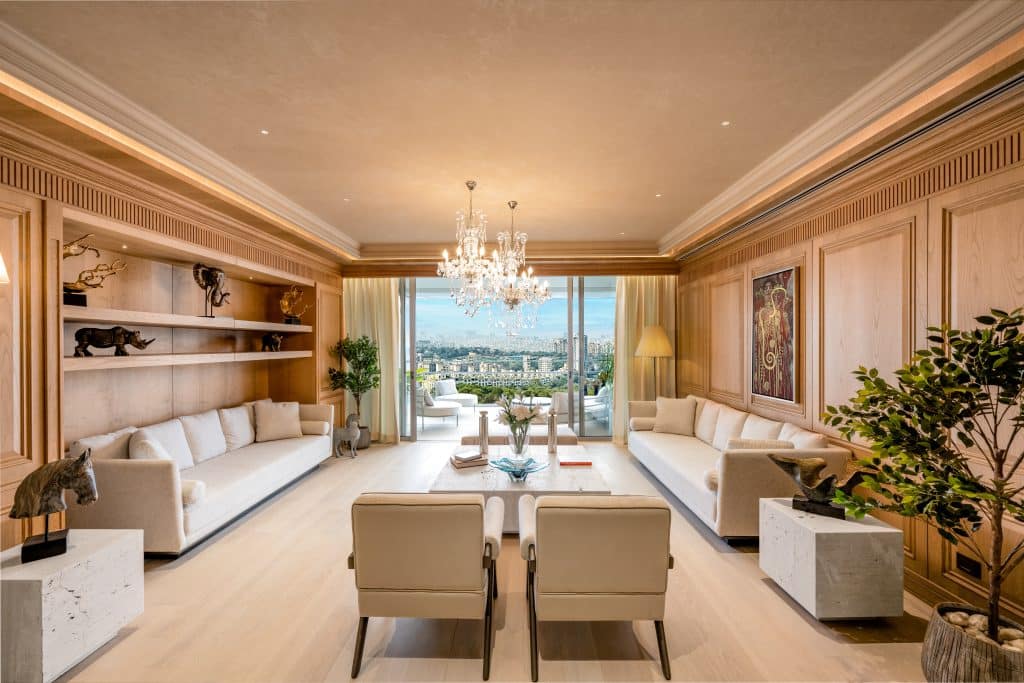
Could you share some upcoming Tribeca projects where you are implementing home automation, building automation, smart lighting, etc.?
We integrate the concept of intelligent architecture across residential, commercial and mixed-use developments. Three upcoming flagship projects under the Trump Brand exemplify our commitment to seamlessly integrated smart ecosystems designed for how people will live and work in the future. Our upcoming residential projects are designed as a fully autonomous living environment, integrating lighting, temperature, security and entertainment systems that adapt to the residents’ preferences and habits. An AI-enabled Building Management System (BMS) manages energy, water, HVAC, and air purification at scale.
Upcoming Commercial and mixed-use projects are designed around digital twin integration, predictive maintenance, and intelligent workplace automation. AI-based sensor networks manage traffic flow, lighting, climate, and air quality.
Are there any specific brands you prefer for smart automation and integration?
Our priority is to always deliver future-ready, seamlessly integrated, and hyper-personalized smart environments. While we remain brand-agnostic to preserve design flexibility and technological neutrality, we partner with global leaders whose platforms offer reliability, scalability, and interoperability. In newer builds, we’re integrating Apple Matter and Thread-enabled ecosystems to future-proof our systems and enable secure control across devices.
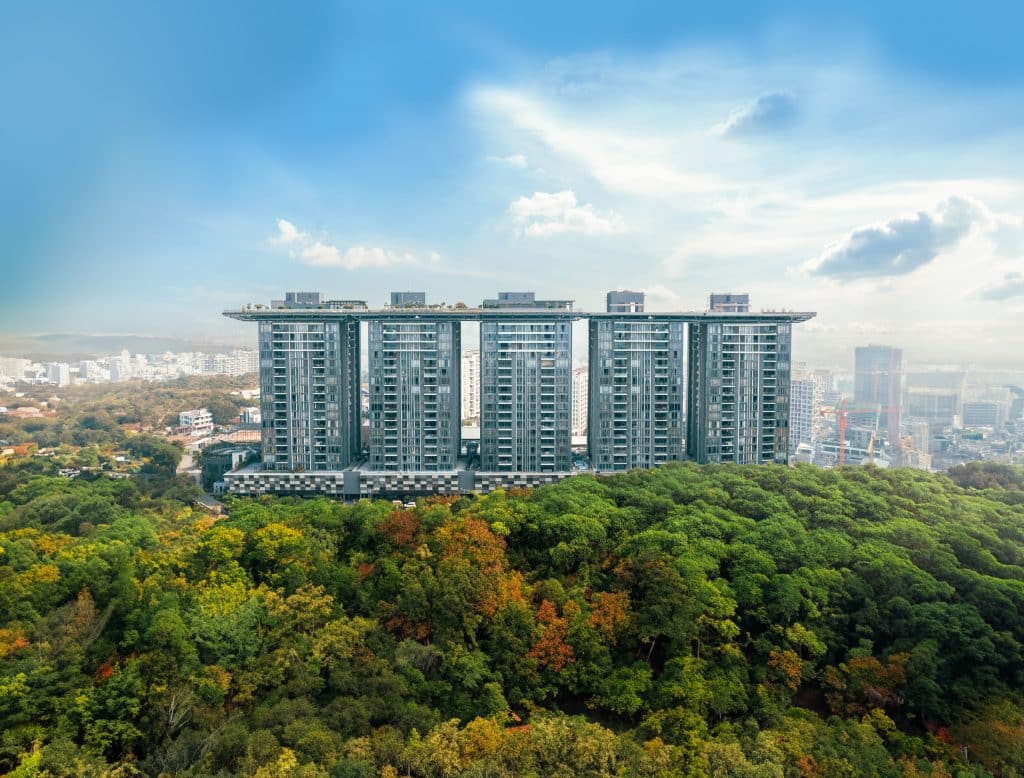
We’re also collaborating with Google’s Project Astra APIs and OpenAI’s LLM-powered interface layers to build conversational assistants that go beyond routine control and adapt to lifestyle patterns, emotional states, and contextual cues.
What devices do you typically incorporate? (e.g., smart locks, biometric entry, CCTV integration, intercom systems, alarm systems, intrusion sensors)
At Tribeca, our approach to smart devices is driven by a philosophy of invisible intelligence; every element should enhance comfort, security, and aesthetics without disrupting the visual integrity of the spaces. We typically incorporate multi-modal communication and access systems, combining facial recognition, fingerprint scanning, smart concierge access, and remote unlocking to ensure both convenience and high-level security.
Our surveillance infrastructure is built on AI-powered CCTV networks equipped with edge analytics, enabling real-time facial recognition, anomaly detection, license plate capture, and behavioural tracking. Home Automation IoT Devices offer powerful customization capabilities and deep integration with audiovisual, lighting, and environmental systems, which enable residents to interact with their homes through voice, gesture, or a single intelligent app. The result is a cohesive, secure, and self-learning environment that evolves with its occupants, setting a new benchmark in smart spaces.
Do your projects include building-level automation such as energy usage monitoring, HVAC control, elevator scheduling, EV charging, or fire safety systems?
Building-level automation is a foundational pillar in our architectural and engineering philosophy. We believe that ultra-luxury living isn’t just about individual unit automation, but about the intelligence of the entire building ecosystem functioning as one harmonious system. Our developments are digitally intelligent, where systems across energy, mobility, climate, safety, and sustainability are deeply interconnected and continuously optimized in real-time.
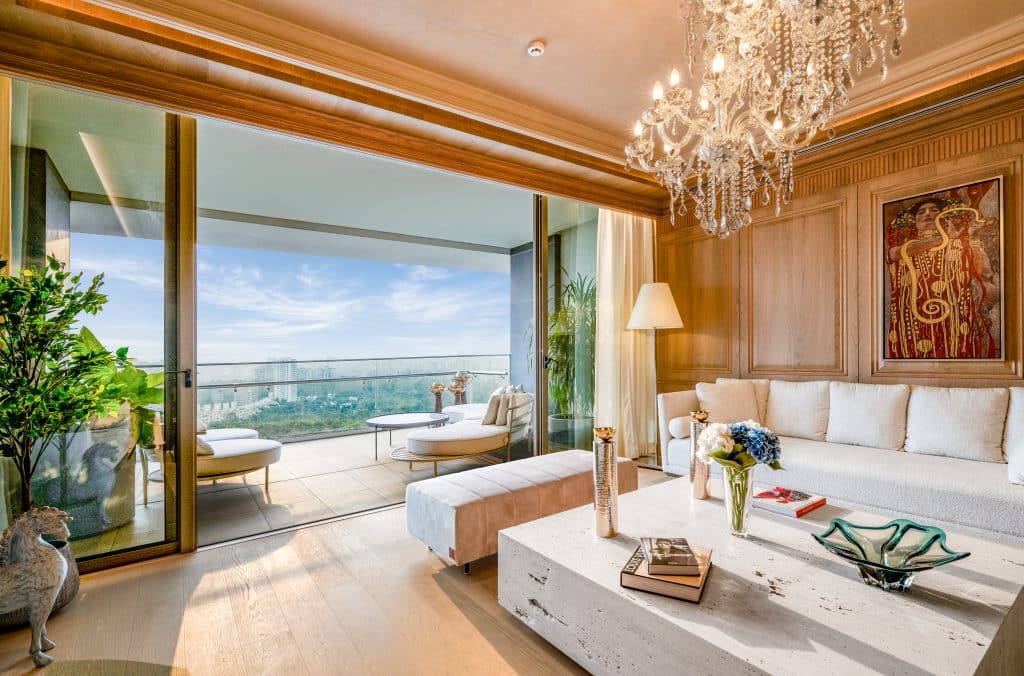
We implement AI-driven energy management platforms that monitor and control power consumption across lighting, HVAC, and amenities. These systems use predictive analytics and demand-response algorithms to optimize energy loads, reduce waste, and balance efficiency with comfort. For sustainability and future mobility, our properties include networked EV charging infrastructure, often integrated with solar energy offsetting and load balancing systems. We deploy addressable fire detection systems, smart smoke and heat sensors, and AI-integrated evacuation systems that dynamically guide residents using illuminated floor paths, audio cues, and real-time updates.
Are sustainability or energy efficiency targets (e.g., net-zero, LEED/BEE ratings) influencing your choice of automation technologies and sensors?
Sustainability is no longer a layer we add to a project; it’s a strategic imperative that drives every design, material, and technology decision we make at Tribeca. Our commitment to net-zero-ready and high-performance buildings directly informs the selection of automation systems, sensors, and data platforms across all stages. Our buildings are modelled using early-stage parametric energy simulations and computational fluid dynamics to optimize façade design, orientation, and envelope performance.
This allows us to reduce passive energy demand before we even address active systems. Tribeca’s automation systems support renewable energy integration, such as real-time load balancing for solar PV systems and intelligent energy storage coordination. We implement automated daylight harvesting, smart shading systems, and demand-controlled ventilation — all calibrated to reduce HVAC and lighting loads by up to 30-40%.
What future advancements is Tribeca currently exploring (e.g., AI-driven home management, sensory IoT, predictive maintenance, etc.)?
Innovation is a constant — we are relentlessly exploring how emerging technologies can redefine the boundaries of architecture, automation, and human-centric space design. Our vision is to evolve from smart buildings to sentient environments where spaces don’t just respond, but intuit, learn, and adapt in real time. We’re developing next-gen home management systems powered by Large Language Models (LLMs) and neural networks that enable natural language control, contextual understanding, and emotional intelligence.
These systems move beyond routine commands to offer proactive, lifestyle-based suggestions such as adjusting lighting based on mood, music for wellness routines, or temperature settings in sync with circadian rhythms and outdoor air quality. In the domain of predictive maintenance, we’re implementing real-time digital twin models powered by AI and blockchain-backed logs. These allow us to simulate wear, track component lifecycles, and service systems before failures occur — dramatically improving reliability while reducing operational costs. All of this will be governed by distributed edge intelligence, allowing individual building components to make autonomous decisions while syncing with the central AI architecture.







